Humans have been burying their rubbish for 5,000 years and landfill sites are everywhere. But what does it mean for the environment?
We collected data from local authorities and the Scottish Environment Protection Agency (Sepa) to find out where our historic landfill sites are.
These include closed sites not marked on a map.
In the case of one landfill at Blairgowrie, the site only became obvious when erosion caused the waste to start seeping into the nearby river.
Household waste strewn along the banks of the River Ericht appeared to date back to around the 1960s.
Work to contain the pollution had to be paused after workers uncovered asbestos at the site.
It’s proof that we just don’t know exactly what’s buried in our countryside.
Could this happen elsewhere? And should we worry about the legacy of landfill?
Historic sites ‘never designed’ to contain pollution
Ronald Todhunter is an environment protection officer at Sepa.
He says rubbish buried in past decades has the potential to contaminate soil and water courses.
“One source of pollution from historic landfill is leachate, which is liquid runoff from waste.
“Generally, historic landfills were never designed to contain this.
“And it was allowed to run naturally through the waste and become diluted in groundwater under the landfill.
“Local authorities may monitor groundwater around larger sites for any impacts.”
The first landfills created by humans date back to 3000 BC, when people in Crete buried their waste.
In the UK, landfill sites as we know them have been around since the Public Health Act 1875.
Historic sites were not subject to modern environmental regulations.
Sepa, which regulates landfill sites currently in operation, was established in 1996.
Ronald says the agency is responsible for sites which were in operation when the Waste Management Licencing Regulations 1994 came into force.
Is there an old site near you?
We asked local authorities where historic landfill sites are in Tayside, Fife and Angus.
Sepa provided some additional data.
We then plotted the locations on this interactive map.
Ronald adds: “Sepa does not hold any information regarding historic landfills.
“The responsibility for historic sites falls to the local authority for the area or landowner.
“If environmental issues with historic landfills arise, local authorities can consult Sepa on remediation strategies to bring the sites back into a stable condition and minimise the impact on the environment.”
The impacts of climate change could unearth more forgotten rubbish tips.
Storm Arwen, which battered Scotland in November 2021, toppled hundreds of thousands of trees.
High winds blew over shallow rooted evergreens in a woodland near Doune. It revealed roots clinging to vintage household rubbish.
Ronald is urging anyone who spots pollution which appears to be from a landfill site to contact the Sepa hotline on 0800 80 70 60 or at www.sepa.org.uk/report
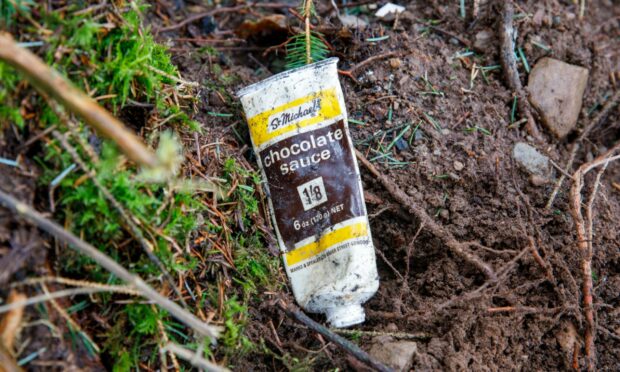
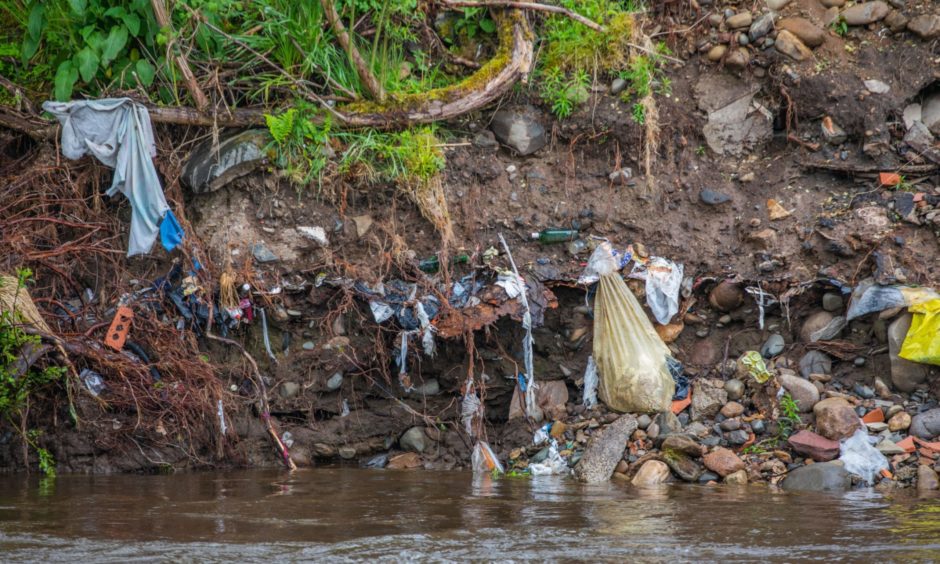
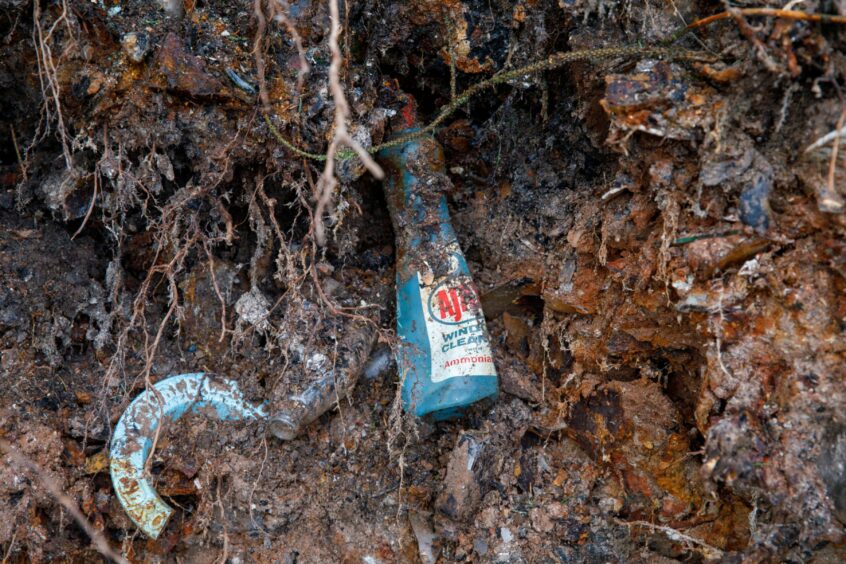
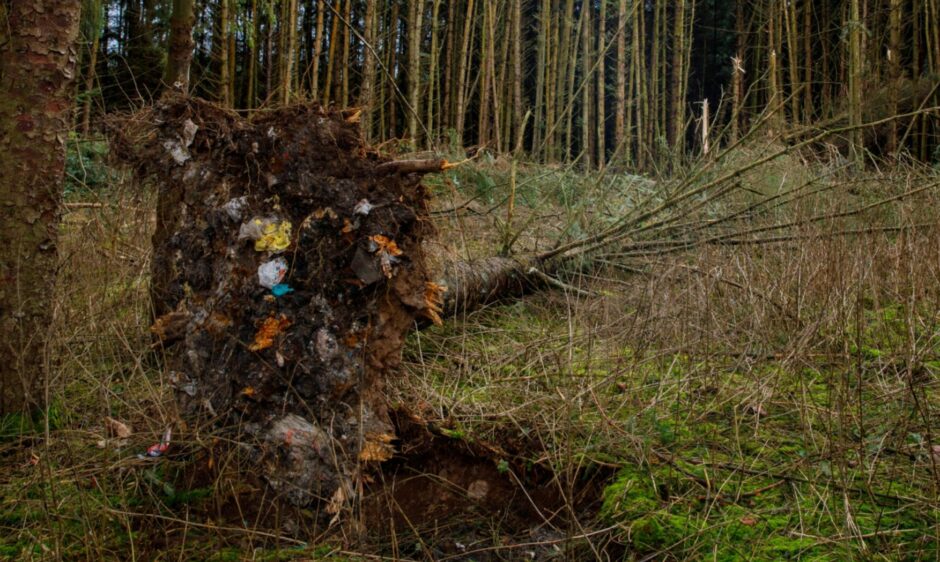
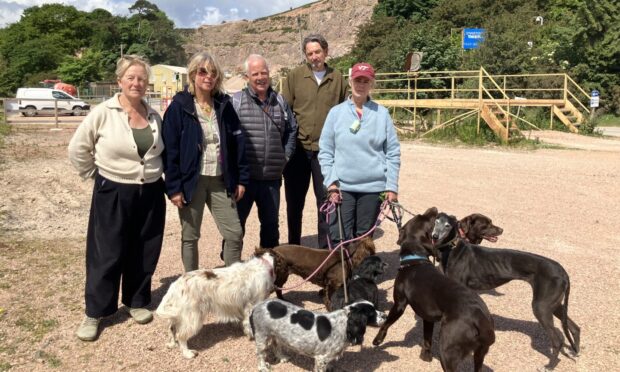
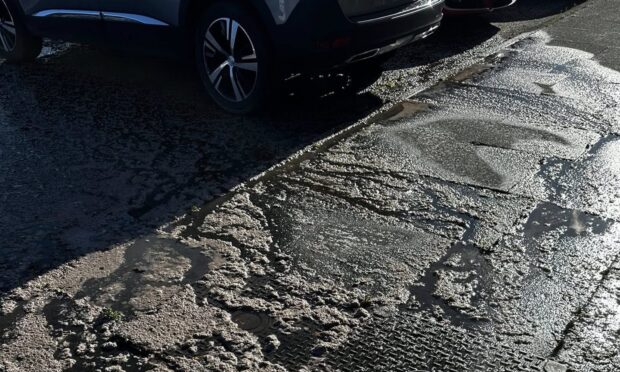
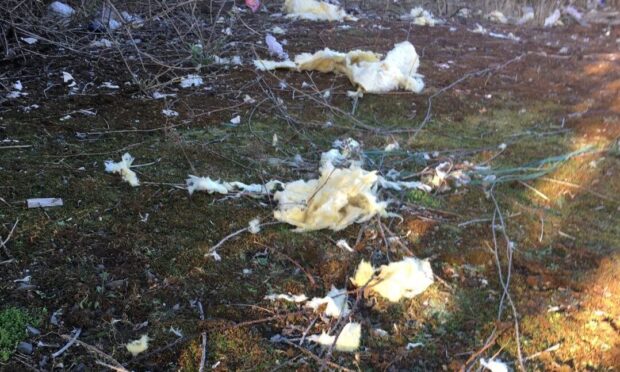
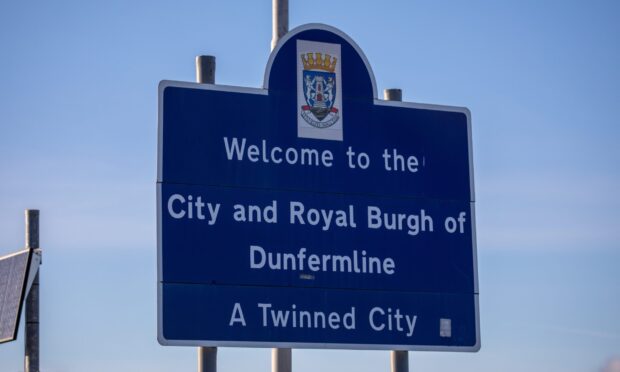
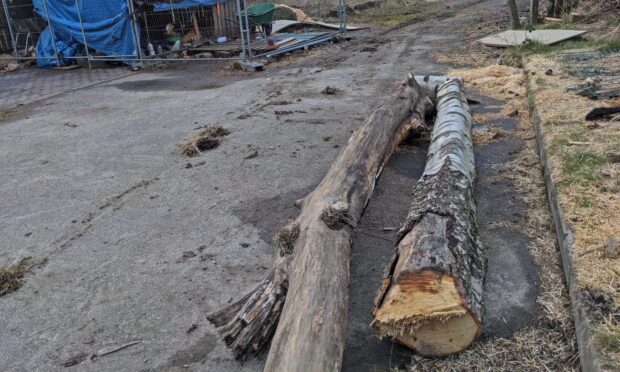

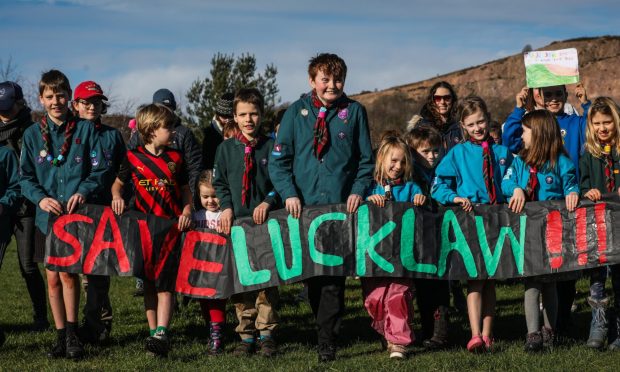


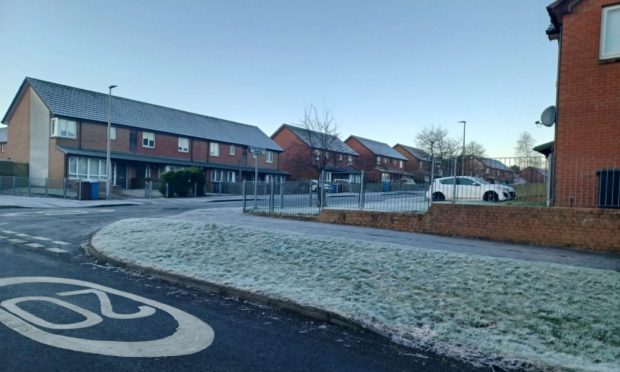
Conversation